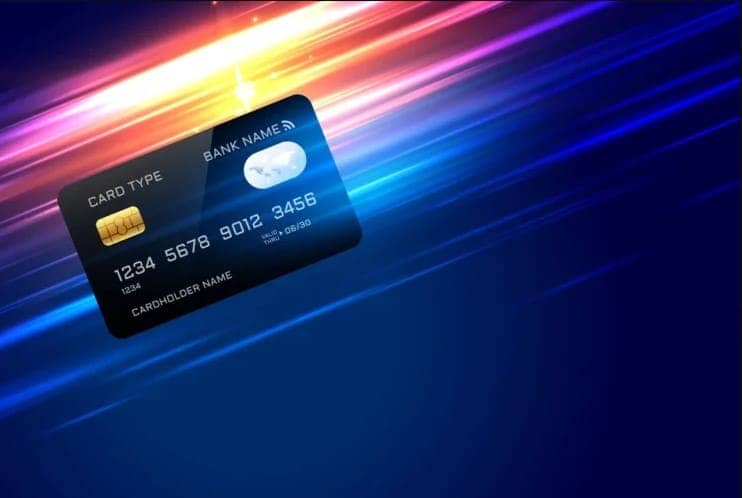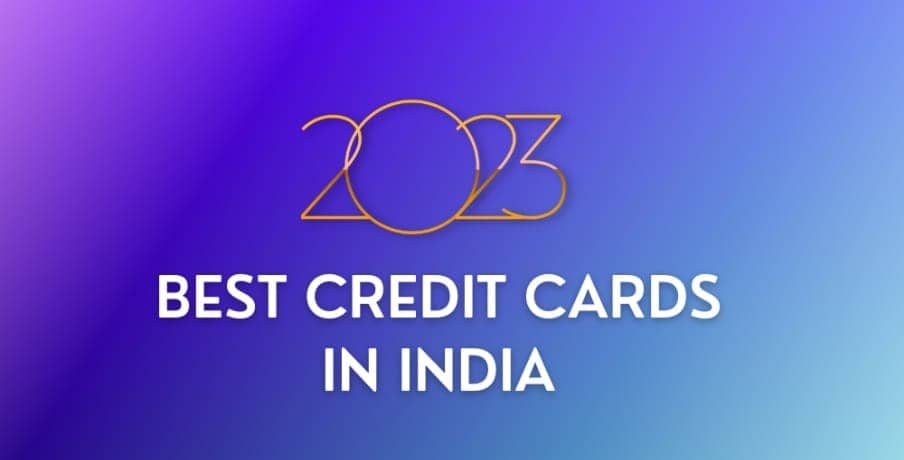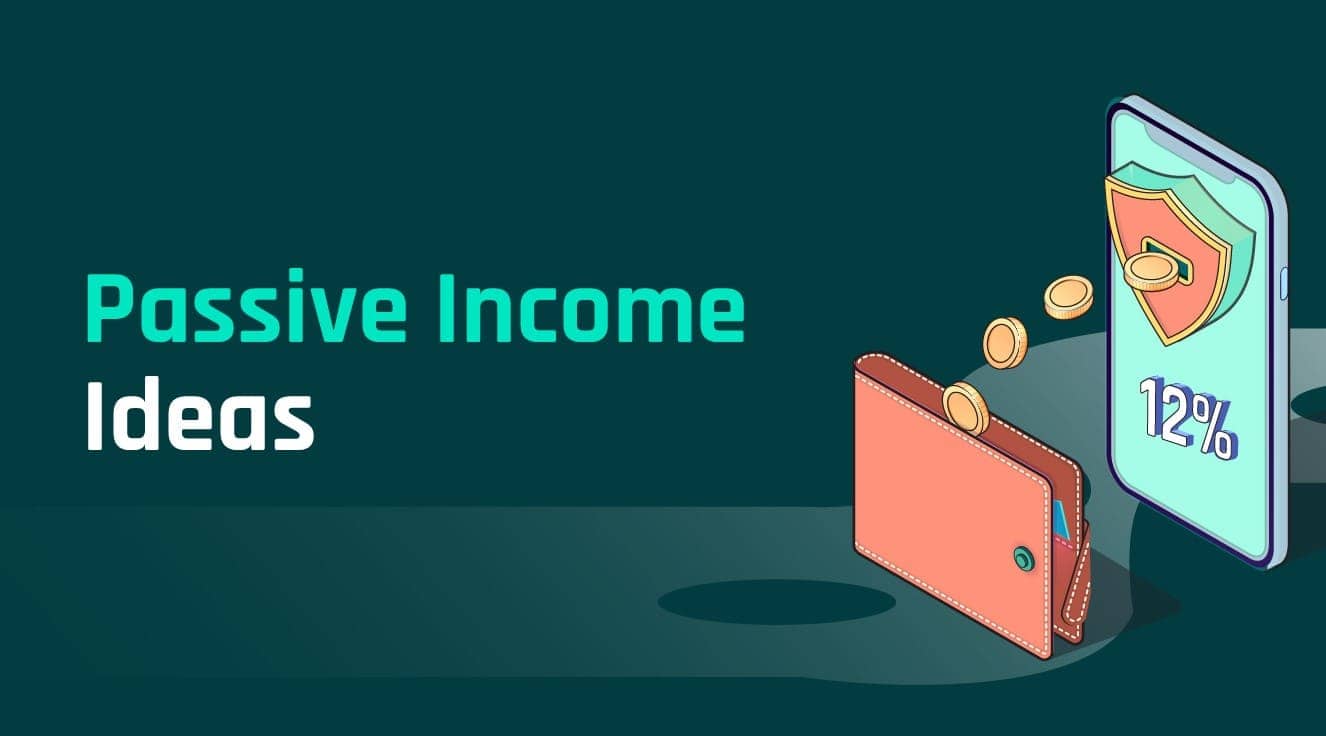
In order to avoid paying high-interest rates and fees for late payments, many credit card issuers allow customers to Balance Transfer Credit Cards. The usefulness of a credit card that allows you to transfer a debt has grown as these cards become more convenient and provide more perks to cardholders. But, before transferring any funds, it is essential to fully grasp the influence of balance transfers on your credit signals. One part is realizing the consequences of balance transfers on your credit rating. Let’s quickly examine how balance transfers function and decide if they’re right for you. If you’re considering a credit card money transfer, we’ve included a list of India’s finest balance transfer credit cards for your perusal.
What is a Balance Transfer Credit Card?
Credit card balance transfers include relocating existing debt from one credit card account to another. If executed correctly, this strategy may help those paying off high-interest debt save a lot of interest charges. Several credit card companies offer zero percent interest on debt transfers to attract customers. In addition, the transferred cash usually incurs no interest for a promotional period lasting anywhere from six to about eighteen months. It’s possible, for instance, to avoid paying interest on the debt by transferring it to a credit card with a 0% introductory APR on balance transfers and then paying it off in full within that period.
If you cannot pay off your credit card amount in full, you may be able to transfer the balance to a different credit card issued by a different bank. By using a balance transfer, cardholders can avoid paying finance charges and other penalties associated with carrying a debt on a credit card issued by a different financial institution. They may also give promotional periods of zero percent interest or balance transfer savings on credit card debt.
Balance transfers are convenient but come with hidden costs and stipulations. The standard fee for transferring a balance is three percent to five percent of the principal. If your debt transfer card has a limited credit limit, you may be unable to transfer the whole amount.
Pros of Balance Transfer Credit Cards
The ability to transfer balances between credit cards is a convenient and popular feature of credit cards. This option helps cardholders escape the trap of ever-increasing debt brought on by compound interest. Let’s look at the benefits of transferring a credit card balance.
- Helps you pay less interest on your credit card account by lowering the interest that has already accrued.
- This is a practical approach to paying off credit card debt, especially compared to alternative repayment strategies.
- Since the balance transfer service is efficient, customers may utilize it to settle their obligations quickly.
- Credit card balance transfers allow you to move outstanding balances from one card to another.
Credit card companies typically extend the deadline for making a payment. The interest rate during this time period is either zero or very, very low.
There are a few things to remember before requesting a balance transfer. To begin, certain financial institutions will not facilitate this unless the credit card being used is not issued. Most financial institutions do not restrict customers from using any credit card for debt transfers. There may also be restrictions on the lowest and highest possible amounts that can be sent. When filing a balance transfer application, verifying all terms and charges with the bank is crucial to ensure they are acceptable.
Cons of Balance Transfer Credit Cards
There are many possible pros to credit card debt transfer offers but also some possible cons. Balance transfers might hurt your credit if you have a history of opening new credit cards and moving your balances around regularly.
It’s tempting to avoid paying interest for as long as possible by simply moving your balances around.
Yet, constantly changing credit cards might be dangerous to your financial security in the long run. Credit scores might take a hit if you’re constantly opening new credit accounts since it reduces the average account age and results in more hard inquiries.
Constantly switching from one credit card to another might hurt your credit score to the point where you are denied any new credit (or loans). The savings from the lower interest rate may be reduced by the balance transfer fees you incur.
The Best Balance Transfer Cards offered by Banks in India
State Bank of India
SBI’s balance transfer credit card service is based on the same general principle. It may be initiated in a few different ways: by logging onto the credit card account, sending the bank an SMS with a specific request, or calling the bank directly. Repayment durations can be anything from 2 months to 6 months long, with a 1.7% monthly interest charge applied to the longer term.
Axis Bank
Axis Bank’s balance transfer service has a bare minimum threshold of Rs. 5,000. Three-month and six-month terms are also on the table, with the former yielding no interest on the transfer and the latter collecting interest.
The Standard Chartered Bank
Consumers can transfer up to Rs. 5 lakhs in balances from Standard Chartered Bank to their SC credit cards. During the first six months, you’ll pay 0.99% interest monthly; after that, the standard interest rate for your card will apply. The service allows customers to request a short message service (SMS) balance transfer and make monthly payments of at least 5% of the transferred amount.
HSBC
For terms ranging from three months to twenty-four months, the HSBC balance transfer option is available. A processing fee and interest rates that vary with the loan’s length are also possible. Customers, like those at SBI, can initiate a balance transfer by calling the bank or sending an SMS. HSBC gives you the opportunity to foreclose on the balance transfer without incurring any further expenses.
Kotak Mahindra Bank
Even Kotak Mahindra Bank has the option to transfer funds. The minimum amount that may be sent is Rs. 2,500. There is no maximum transfer amount as long as the total does not exceed 75% of your credit card limit. A transaction charge will be associated with the other payment methods that will be proportional to the sum being moved. Again, the application can be initiated through telephone, SMS, or the bank’s website.
Conclusion
If you can pay off your balance in three months or less, or if you don’t qualify for a good 0% APR deal, paying off your debt as soon as possible is the wisest, most cost-effective option. Before accepting an offer, you may pre-qualify for a personal loan to see how much you might borrow and what interest rate you could obtain. If you need a larger loan and don’t mind paying interest, a personal loan can be a viable option.
Yet, you have excellent enough credit to qualify for a credit card with a 0% introductory APR on balance transfers and need months to pay off high-interest debt. In that case, a balance transfer is often the best alternative. Such a card would be helpful while making payments because it may save you a lot of money in interest fees.
You May Also Like
Best Credit Cards in India 2023
Best Travel Credit Cards On 2023
Best Fuel Credit Cards in India 2023
Best Lifetime Free Credit Cards in India 2023
Related Posts

Best Business Credit Cards Empowering Canadian Entrepreneursadmin . June 23, 2023

What Is XRP ? | How You Can Use Rippleadmin . June 19, 2023

Best LLC Services Of 2023admin . May 16, 2023

Top 12 Best Credit Cards of 2023admin . May 10, 2023

Discover the Best Student Loan Apps in India for Hassle-Freeadmin . November 2, 2023

A Beginner’s Guide to Credit Cardsadmin . May 18, 2023

Top 10 Best Blocktech Companies in India 2024admin . November 28, 2023

Top 12 Best Credit Cards in Canada for July 2023admin . June 15, 2023

Top 12 Best Lifetime Free Credit Cards in India 2023admin . April 24, 2023
Latest Posts

Exploring the Best Cash Advance Apps of 2024 April 8, 2024

Top 34 Passive Income Ideas in 2024 March 19, 2024

Top 10 Penny Stocks to Buy Canada 2024 February 23, 2024

Best Canadian Artificial intelligence stocks under $1 2024 February 23, 2024

Top Artificial Intelligence Stocks Canada 2024 February 20, 2024

